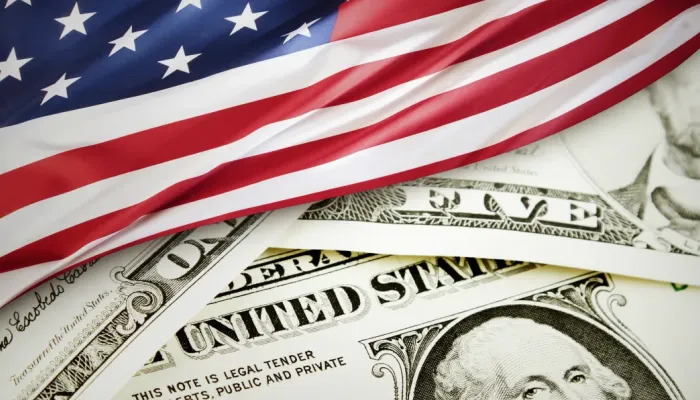MarketWatch: October 25-29, 2010
All eyes are on next week’s meeting of the Fed’s Open Market Committee (FOMC), the monetary policy setting body of the Fed. As priced in by the markets, the FOMC is widely expected to agree at its meeting November 2-3 to start on a second phase of quantitative easing (ie, the purchase of long-term assets, which have been government securities – primarily Fannie and Freddie instruments) in order to support the economy. The public case for a new round of monetary easing made by Fed Chairman Bernanke and others is based on the weakness of the economy and inflation that is below the Fed’s target floor, raising concerns about increased risks of deflation. Throughout the week, traders have tried to parse Fed officials’ comments, which may point to internal discussion, or disagreement, over the appropriate size and timing of the new round of liquidity. Critical questions include: Will the Fed move massively in a shock and awe approach, will it gradually supply liquidity in a predictably measured way, or will it just shock?
For the time being, monetary policy is seen to be the only policy game in town to increase support for demand. The Fed’s QE2, as it is dubbed, perhaps can also be seen as an attempt to counteract the tightening of fiscal policy now underway. In the absence of a budget for the fiscal year which started this month, the broad outlines of fiscal policy are not even in place and there are few signs whether the fiscal stalemate will be resolved by the end of the year, after the mid-term elections. Fiscal stimulus resulting from last year’s ARRA law (the administration’s major stimulus package) is waning because most of the provisions were temporary and expiring. Plus, if the Bush tax cuts are allowed to expire, as currently scheduled, then fiscal policy will tighten dramatically and abruptly starting January 1st.
In the meantime, today’s news on the economy confirms views of continuing economic weakness. According to today’s first estimate of the 3rd quarter, the economy grew at a 2 percent annualized rate, a slight pickup from the first quarter’s 1.7 percent but low for this stage of the recovery (we are still waiting for that “V” shaped recovery) and too slow to improve the job market. Inflation was below what is regarded as the Fed’s target floor.


